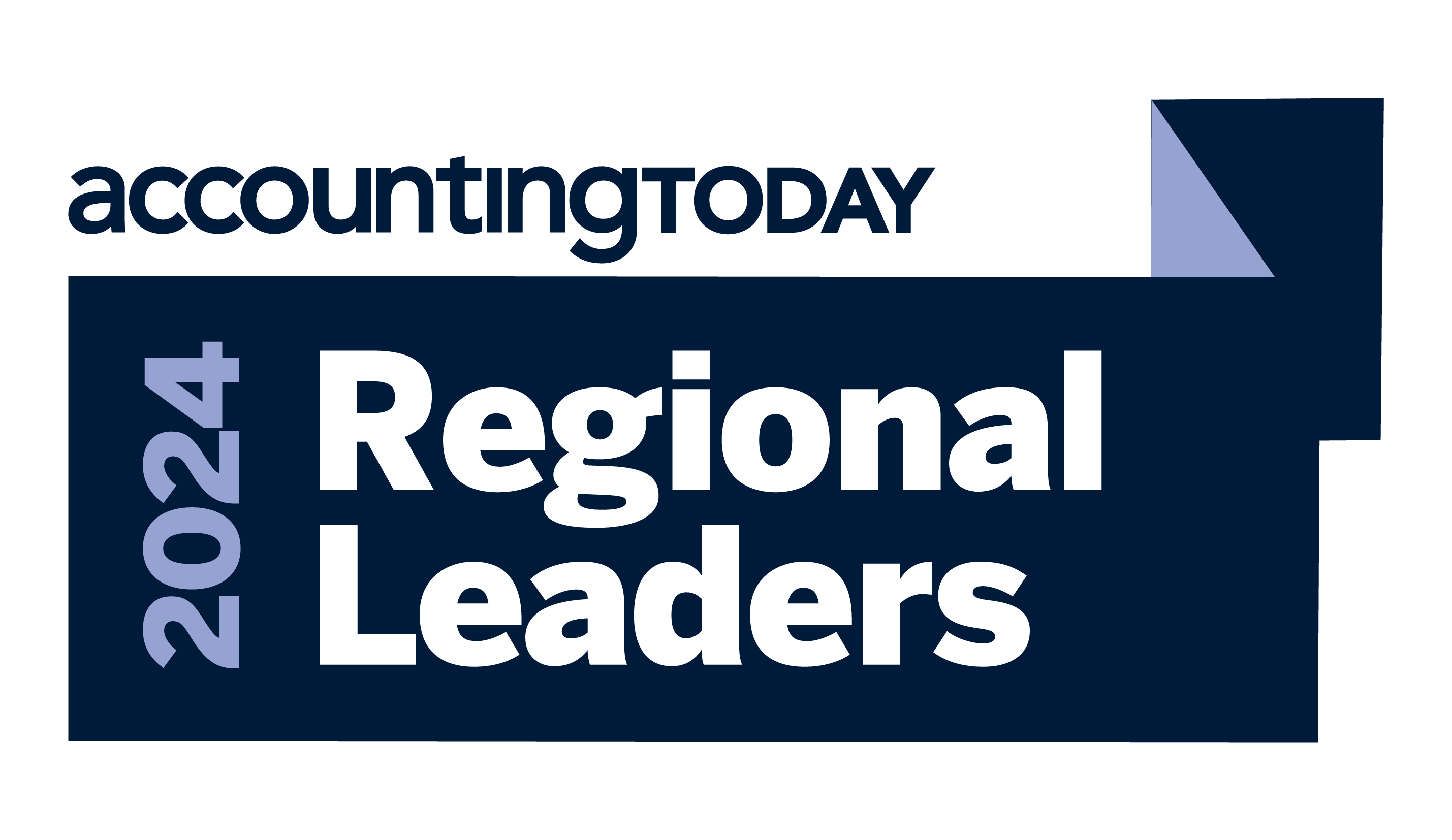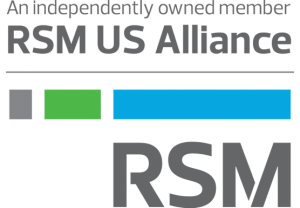Insights
We are proud to be named a West Coast Regional Leader for 2024


5 best practices for post-IPO business performance
ARTICLE | November 01, 2022
Authored by RSM US LLP
The post-IPO playbook: 5 keys to hitting your stride as a successful public company
The months leading up to an IPO are both exhilarating and exhausting. But what happens after day one? Here’s what the bankers and advisors typically don’t tell you: Getting to the IPO is the easy part.
That’s because “Day 2” for a newly public company is a whirlwind of shifting priorities, non-negotiable deadlines and new compliance challenges. Earnings reports, regulatory filings, analyst and investor guidance and taking the necessary steps to comply with Sarbanes-Oxley (SOX) are just a few examples of the tasks that define a company’s post-IPO commitments—and all of these things need to happen alongside the day-to-day demands of scaling a successful business.
It all adds up to a massive workload for a team that probably didn’t have much extra bandwidth to begin with. That’s why the first step to hitting your stride as a successful, well-managed public company is knowing what needs to happen next and how to stay ahead of these new requirements.
Let’s look at five key areas where planning and preparation will pay off for your post-IPO business.
Financial reporting
The goal: Prepare your reporting process to handle closer scrutiny and tighter timelines without missing a beat.
As a public company, your financial reporting process is going to be a business-critical function. You’ll be presenting results to an expanded group of stakeholders, including SEC counsel, your company’s audit committee, external auditors, Wall Street analysts and your own investors.
In some cases, notably external auditor and audit committee reviews of quarterly filings, you’ll need to align your reporting process with stakeholder timelines and document their approvals.
Staying realistic about "readiness"
- Many post-IPO companies are familiar with the audit process and have confidence that their usual level of audit readiness will pass muster with these stakeholders. There are some good reasons, however, to take a more cautious approach when assessing your firm’s audit readiness:
- Many post-IPO companies aren’t prepared for the much closer scrutiny associated with a Public Company Accounting Oversight Board (PCAOB) audit—a milestone for every business that aspires to be a public company.
- Many companies also need time to adapt to the PCAOB independence a public company must maintain with its external auditors.
- As a public company, your auditors can no longer assist with financial reporting and disclosures in order to remain independent—meaning that a post-IPO company’s management team must take ownership of its financial reporting, disclosure and remediation activities.
- Finally, a post-IPO company should recognize that relying on less robust, cash-basis interim financial closes is no longer an option. Public company reporting requirements are much stricter—and addressing them can require a great deal of internal process change.
Financial reporting best practices
- Consider adding personnel or engaging third-party support with public accounting experience to your management team pre-IPO. This can give your company a much stronger grasp of the documentation, disclosures and processes required to pass muster with auditors.
- Begin preparing as early as possible to address stricter post-IPO reporting requirements (i.e., begin to operate like a public company). Beginning this process 9 to 12 months ahead of your IPO may seem like overkill—but that’s rarely the case.
- Consider replacing manual reporting processes and systems with targeted automation and technology upgrades. These can make a critical difference when, for example, a company must close its books within 15 days to meet a 45-day 10-Q reporting timeline.
Sarbanes-Oxley (SOX) compliance
The goal: Recognize how a robust SOX compliance strategy can contribute to a successful IPO and to post-IPO performance—and make achieving this outcome a company-wide priority.
Companies often view SOX compliance strictly as an issue for the accounting team. Discarding this misconception is one of the most important steps a management team can take to prepare for the rigors of reporting and compliance as a newly public company.
A process that pays for post-IPO success
SOX compliance is an inherently detailed and complex process that can make significant demands of a newly public company’s bandwidth and resources. Getting a jump on SOX compliance has a significant upside for a pre-IPO company: giving management an opportunity to find and fix potential weaknesses in a company’s control environment before going public.
Given the level of effort associated with meeting the requirements of SOX compliance, this is a process where planning early is always a smart move.
SOX certification best practices
- The road to SOX compliance is often long and demanding in terms of company-wide data-gathering and reporting. Start preparing as early as possible.
- Establishing a process to identify and manage risk as your company changes and grows is a valuable way to support a company’s post-IPO SOX compliance activities.
- Implement training across the organization to ensure that all stakeholders understand the importance of SOX and the expectations and responsibilities associated with their roles.
Financial planning and analysis (FP&A)
The goal: Protect shareholder value by ensuring your company’s ability to deliver reliable guidance to Wall Street analysts—consistently and with confidence.
For most companies, completing an IPO means taking a very different approach to financial planning and forecasting. The focus shifts from putting a spotlight on P&L to understanding the balance sheet as a whole—including cash flow forecasts and their implications.
It takes teamwork to shift a paradigm
For most newly public companies, this paradigm shift can be a major challenge on multiple levels. First and foremost, post-IPO FP&A demands the ability to meet a much higher standard for accurate reporting, planning and forecasting than a private company is accustomed to achieving. Post-IPO FP&A also demands a strong grasp of KPIs to allow for a clearer understanding of performance by stakeholders and investors. At the same time, a post-IPO company’s planning process usually moves at a much faster pace as stakeholders demand to see results more quickly after the financial close. And for management, post-IPO planning is a game with much higher stakes—one where sloppy or inaccurate forecasts can have a devastating impact on investor confidence and share prices.
All this means that effective post-IPO planning and forecasting will require a cooperative effort that reaches beyond the walls of the finance organization (e.g., integrating data from the tax team to ensure accurate forecasts). It also means there is less room for error; when mistakes happen, they can have a costly impact on a company’s share prices.
Given the level of effort associated with meeting the requirements of SOX compliance, this is a process where planning early is always a smart move.
FP&A best practices
- Invest in the ability to build robust and reliable financial models.
- Pay equal attention to building a process to review your models consistently and keep them updated.
- Maintain the analytical resources you’ll need to test and validate your assumptions and forecasts.
- Focus on a transparent, honest, “no surprises” approach to financial planning—bearing in mind that a missed estimate will take a bigger toll on your share price than an accurate forecast of sub-par performance.
Tax strategy
The goal: Recognize the value in handing off your post-IPO tax function, and follow through on your outsourcing decision.
Choosing how to handle your newly public company’s tax function is a strategic decision with an enormous impact on your long-term ability to plan for growth, operate profitably and manage risk.
Handing off wins, hands down
For most post-IPO companies, handing off the tax function to a qualified tax advisor isn’t just a good decision; it’s the only decision that really makes business sense.
Consider the following points in favor of outsourcing:
- A public company’s tax return positions will often receive greater scrutiny than they did as a privately held company.
- Tax rules tend to evolve separately from accounting rule changes—compounding the complexity and risk.
- Newly public companies that plan to drive growth through M&A activity must deal with special tax-related challenges (e.g., purchase accounting, business combination accounting) that increase the risk of misstatements and regulatory scrutiny.
- Dealing with these and other tax-related challenges can distract a CFO and finance team from directing a company’s growth strategy and consume resources better spent elsewhere.
- Finally, for companies focused on international expansion and growth, it’s essential to devise a strategy for addressing international tax implications before moving ahead with expansion plans—allowing a “look before you leap” approach to post-IPO tax planning.
Tax strategy best practices
- For most newly public companies, outsourcing tax provision and preparation is not just the best option, it is the only good option. Few newly public companies have the staff or the in-house expertise to handle tax provision and preparation without making mistakes, bringing unwanted scrutiny.
- Tax timelines demand urgent attention. Getting another firm involved in preparing taxes is a decision that must happen with enough time for a successful hand-off.
Information technology
The goal: Data governance, security and integrity are business-critical tasks for your post-IPO company. Ensure your people, processes and technology solutions are up to the task.
It’s impossible to overstate how important it is for a public company to protect the security, integrity and privacy of its business data stores. Your company’s ability to ensure the integrity of its financial data is a prerequisite for accurate and reliable financial reporting and filings.
Getting your data house in order
Larger, more established companies generally have their data houses in order (except when they don’t—witness the costly and catastrophic aftermath of any major data-breach incident over the past 20 years). For newly public companies, however, this can be a stubborn challenge to overcome for a few reasons:
- Smaller companies typically mean smaller IT teams where each member has broader areas of responsibility. This can work against efforts to implement best-practice controls and access policies.
- Newly public companies tend to overlook the potential impact of third-party systems and data stores on their own financial reporting controls and governance.
- Rapid growth and limited resources may result in pre-IPO companies relying on data systems that evolve organically, adopting tools and capabilities without a consistent focus on access control, change management or integration/automation tools.
Fortunately, there are a number of paths a post-IPO company can follow to adopt a consistent, systematic, strategic approach to data management and security. But it’s imperative to move quickly to close the holes in your post-IPO firm’s data strategy, given what’s at stake.
Given the level of effort associated with meeting the requirements of SOX compliance, this is a process where planning early is always a smart move.
Information technology best practices
Begin the process of assessing and upgrading your post-IPO IT controls by answering some essential questions:
- Which IT systems are relevant to a company’s reporting and public filings?
- How are you controlling these systems from an access and change management perspective?
- Do you have the right people in place to maintain them going forward as the organization grows?
- Are there additional systems that the organization will need to support, new risks or changes to the organization from a forward-looking perspective?
Then, with that gathered knowledge, take the following steps:
- Compile an inventory of IT systems and data stores that may impact your financial and compliance reporting. Work to establish a control environment around these critical systems, including appropriate access restrictions and change management capabilities.
- Leverage your ERP or finance system to give your newly public company an advantage, particularly in terms of implementing and maintaining effective system controls, audit trails and compliance documentation.
- Invest in the necessary resources, whether internal or outsourced, to maintain these systems and their controls.
Many newly public companies share a similar, overarching challenge: too many high-priority tasks, and not enough people or resources to accomplish them. The result, in many cases, is a question of triage: letting some important tasks fall by the wayside to protect other, even more essential, goals.
The best practices we outline here, however, give your post-IPO company a way out of this dilemma. Whether you look at financial reporting, compliance, information technology or the other areas covered here, a deliberate, strategic approach to planning and preparing for Day 2 and beyond can be a game-changer. This approach allows newly public companies to avoid costly mistakes, make better decisions and ultimately do more with less.
Download a print-friendly version of The Post-IPO Playbook
Going public is a huge achievement for any growing business. Make the most of that achievement by thinking today about what needs to happen next.
Let's Talk!
Call us at +1 213.873.1700, email us at solutions@vasquezcpa.com or fill out the form below and we'll contact you to discuss your specific situation.
This article was written by RSM US LLP and originally appeared on Nov 01, 2022.
2022 RSM US LLP. All rights reserved.
https://rsmus.com/insights/services/financial-management/5-best-practices-for-post-ipo-business-performance.html
RSM US Alliance provides its members with access to resources of RSM US LLP. RSM US Alliance member firms are separate and independent businesses and legal entities that are responsible for their own acts and omissions, and each is separate and independent from RSM US LLP. RSM US LLP is the U.S. member firm of RSM International, a global network of independent audit, tax, and consulting firms. Members of RSM US Alliance have access to RSM International resources through RSM US LLP but are not member firms of RSM International. Visit rsmus.com/about us for more information regarding RSM US LLP and RSM International. The RSM logo is used under license by RSM US LLP. RSM US Alliance products and services are proprietary to RSM US LLP.

Vasquez & Company LLP is a proud member of the RSM US Alliance, a premier affiliation of independent accounting and consulting firms in the United States. RSM US Alliance provides our firm with access to resources of RSM US LLP, the leading provider of audit, tax and consulting services focused on the middle market. RSM US LLP is a licensed CPA firm and the U.S. member of RSM International, a global network of independent audit, tax and consulting firms with more than 43,000 people in over 120 countries.
Our membership in RSM US Alliance has elevated our capabilities in the marketplace, helping to differentiate our firm from the competition while allowing us to maintain our independence and entrepreneurial culture. We have access to a valuable peer network of like-sized firms as well as a broad range of tools, expertise and technical resources.
For more information on how Vasquez & Company LLP can assist you, please call +1 213.873.1700.
Subscribe to receive important updates from our Insights and Resources.